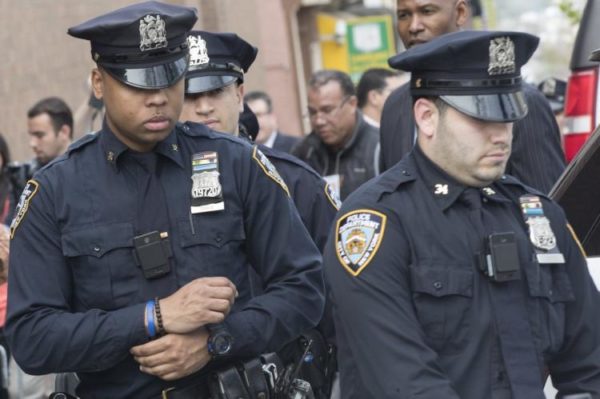NEW YORK, NY – A labor union is an organization of workers dedicated to improving wages, hours, and working conditions within the workplace. Critical to the establishment of a labor union is the collective bargaining process in which a union negotiates with management on behalf of its members. Members pay dues that pay for the negotiating team, legal representation, and benefits. Labor unions have provided a critical service to workers for many years while creating the great middle class in America. These organizations in the United States have a long history of creating important changes in the world of world. The eight-hour workday, as well as health and safety regulations, were established because of workers coming together to form a union.
working conditions within the workplace. Critical to the establishment of a labor union is the collective bargaining process in which a union negotiates with management on behalf of its members. Members pay dues that pay for the negotiating team, legal representation, and benefits. Labor unions have provided a critical service to workers for many years while creating the great middle class in America. These organizations in the United States have a long history of creating important changes in the world of world. The eight-hour workday, as well as health and safety regulations, were established because of workers coming together to form a union.
Labor-management negotiations are the critical function of a union. In this forum, worker issues are discussed between employees and employers and often resolved. These include pay, benefits, hours, workplace safety, severance, health care, family leave, diversity, company transparency, and more. Union negotiations offer workers a seat at the table since the process allows them to directly advocate for themselves. While it’s almost impossible for an individual to represent himself or herself in a large company, a union provides a mechanism that allows for a labor-management structure. In spite of the advantages of unions, since the 1970s, union membership has declined rapidly. As of 2016, one in three public sector workers were in a union, but only 6% of private-sector workers were organized.
Presently, union organizing has become more creative and inclusive. An example is a Fight for $15 campaign, which organized fast-food workers and demanded the right to a $15 minimum wage. Union organizing is taking place in new industries like digital media, internet shopping, and advertising. However, if unions are to survive organizing by every labor organization must be their number one priority.
Currently, unions in 22 states are allowed to collect fair-share fees from public sector employees who have not joined their union to cover the costs of representation and collective bargaining in lieu of full union dues. It costs money to negotiate a contract and provide benefits to members.
On the other hand, right-to-work laws make it legal for workers at unionized shops to opt out of joining the union and paying union fees. These freeloaders still benefit from the union’s collective bargaining agreement without paying dues. Those that do not contribute to their union deprive the organization of income and weaken their bargaining potential. Mainly, these so-called “free riders” take advantage of the benefits won for them by the union but do not contribute. These laws weaken unions’ power by draining resources, driving down wages, and lessening their ability to advocate for their members. As a result, states with right-to-work laws have higher employment-related fatalities and lower wages than states with strong union membership. The phrase “right-to-work” is very misleadingly. It’s the right to work for less money.
Ever since Wisconsin’s conservative Republican governor, Scott Walker, passed the state’s contested right-to-work law in 2015, Republicans have been pushing for similar legislation in Missouri, Kentucky, and Iowa, with an eye toward an eventual federal right-to-work regulation.
The weakening of unions with lowering salaries and benefits for workers has created greater wealth for the top one percent. As our world of work changes with pay decreasing and pensions disappearing, are we facing the end of America’s middle class?



